A Q&A with Margaret Roach of A Way to Garden
In our household, my husband is the gardener, and I’m the cook. As gardeners know, each crop usually comes up within a short time span, and often in ridiculous quantities! The first year my husband did a vegetable garden, I called it “The Summer of the Chard Explosion.” The next year was “The Great Tomato Debacle,” during which we actually had to give away tomatoes to our CSA. I did try to freeze some of these overabundant garden goods, but didn’t feel confident that I was doing it right. The greens, especially, did not thaw out particularly well.
I really appreciate the fact that A Way to Garden has so many tips on freezing garden goods, and am happy to have come upon this beautiful and informative site just in the nick of time. I’m even happier that Margaret Roach, who runs this site and is the author of a book of the same name and several others, has agreed to a Q & A on the subject.
NA: What would you say is the biggest mistake home gardeners make when it comes to freezing garden goods?
MR: Food will store best for the long haul in a freezer that isn’t opened off and on all day like the one in our kitchen refrigerators, so investing in a small, energy-efficient one for longterm storage is worthwhile.
That way you just go (perhaps to the cellar, where mine is) and get out what you need occasionally, when the upstairs freezer is getting bare, rather than have humidity and temperature fluctuations affect your food more quickly every time someone needs an ice cube.
I have two “extra” freezers, each small with basket-like drawers. I say small, because a giant freezer that’s half-empty is inefficient to run. I turn off one once it’s empty, and start on the next stash.
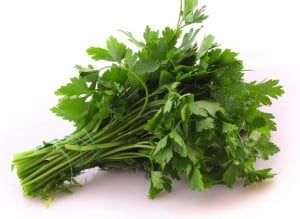 NA: I really enjoyed your concise and informative post on How to Freeze Parsley, Chives, and Other Herbs. Of all the methods you describe in this post, which is your favorite?
NA: I really enjoyed your concise and informative post on How to Freeze Parsley, Chives, and Other Herbs. Of all the methods you describe in this post, which is your favorite?
MR: The “parsley log,” as I call it, is a real lifesaver in winter: fresh-tasting, organically grown parsley anytime, to add to a frittata or a pasta dish or soup or even on salad, without spending $3 a bunch at the food coop (or driving all the way there!).
NA: Peach season is upon us. Give us your top tip for freezing peaches, something that will inspire readers to delve into your post Farm-Fresh Peaches, Frozen to Perfection.
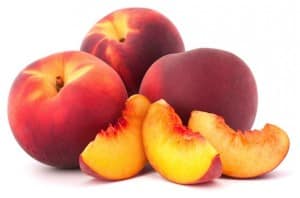 MR: Don’t try to freeze over-ripe fruit. If it’s dripping down your chin when you bite into it, it’s just past freezing prime. With properly firm-but-ripe peaches, consider freezing in syrup (you can use apple-juice concentrate, and pour it off when defrosted). Packing in a “syrup” means avoiding freezer burn and ice crystals building on the fruit, which happens in plastic bags with too many air pockets between slices lurking inside.
MR: Don’t try to freeze over-ripe fruit. If it’s dripping down your chin when you bite into it, it’s just past freezing prime. With properly firm-but-ripe peaches, consider freezing in syrup (you can use apple-juice concentrate, and pour it off when defrosted). Packing in a “syrup” means avoiding freezer burn and ice crystals building on the fruit, which happens in plastic bags with too many air pockets between slices lurking inside.
NA: I’ve found freezing greens such as kale and chard to be a bit tricky. Do you have a basic method for this that yields good results?
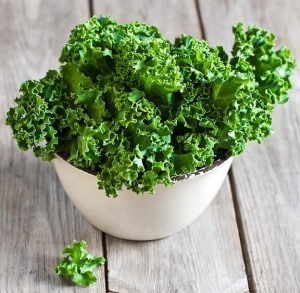 MR: You’re correct that they can be tricky, so I incorporate them like mad into many favorite fall recipes that are freezer-ready, such as a wonderful, thick soup I borrowed from the esteemed author Anna Thomas (The Vegetarian Epicure and Love Soup) that incorporates sweet potatoes, garlic, onions, sage, chard, and kale, and is then blended into a puree. Anna garnishes hers with lemon juice, too. Her “Love Soup” book, in particular, has various “green soups” that are a great way to freeze your greens for offseason eating.
MR: You’re correct that they can be tricky, so I incorporate them like mad into many favorite fall recipes that are freezer-ready, such as a wonderful, thick soup I borrowed from the esteemed author Anna Thomas (The Vegetarian Epicure and Love Soup) that incorporates sweet potatoes, garlic, onions, sage, chard, and kale, and is then blended into a puree. Anna garnishes hers with lemon juice, too. Her “Love Soup” book, in particular, has various “green soups” that are a great way to freeze your greens for offseason eating.
NA: Another biggie for this time of year is tomatoes. Being the avid yet sometimes lazy cook that I am, I love your recipe for Skins-on Easy Tomato Sauce to Freeze. How long do sauces such as these keep in the freezer? And can you share one other great tip for freezing tomatoes?
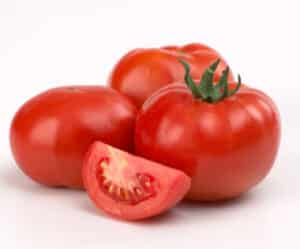 MR: I am just now, in late July, eating the last jars of last year’s red sauce from the freezer. I freeze about 45 jars, so I enjoy some most every week. Technically reference books say “several months” or “six months” for freezer products, but I don’t think sauces and soups like this (or my homemade, skins-on applesauce) deteriorate that fast.
MR: I am just now, in late July, eating the last jars of last year’s red sauce from the freezer. I freeze about 45 jars, so I enjoy some most every week. Technically reference books say “several months” or “six months” for freezer products, but I don’t think sauces and soups like this (or my homemade, skins-on applesauce) deteriorate that fast.
I freeze them in wide-mouth, straight-sided canning jars (Ball or Mason or Weck), leaving headspace at the top for expansion. Again: straight-sided and wide mouth, not jars with “shoulders” and narrower lids that the expanding liquid can force up against and crack.
Magaret Roach is a longtime gardening writer, editor, and author. Her website, A Way to Garden, is a treasure trove of garden wisdom. She also hosts a public radio podcast.
See more of VegKitchen's Green Kitchen tips.


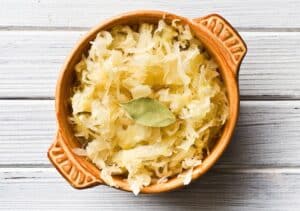
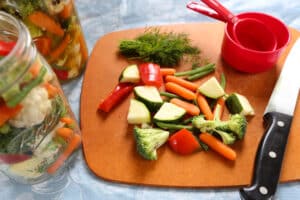
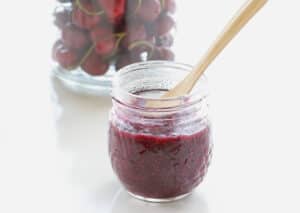
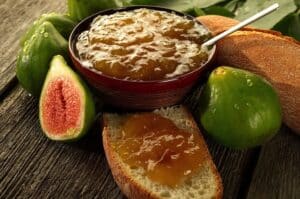
Comments
No Comments